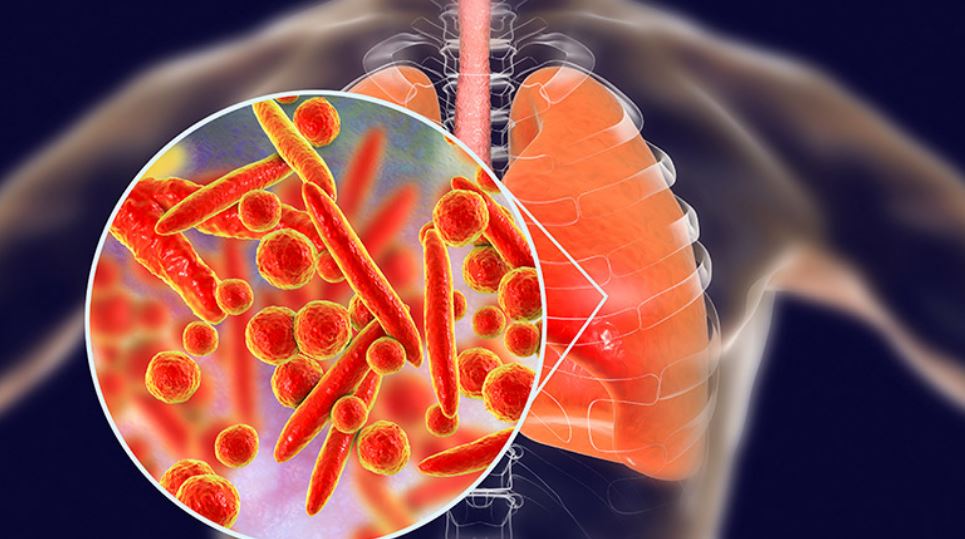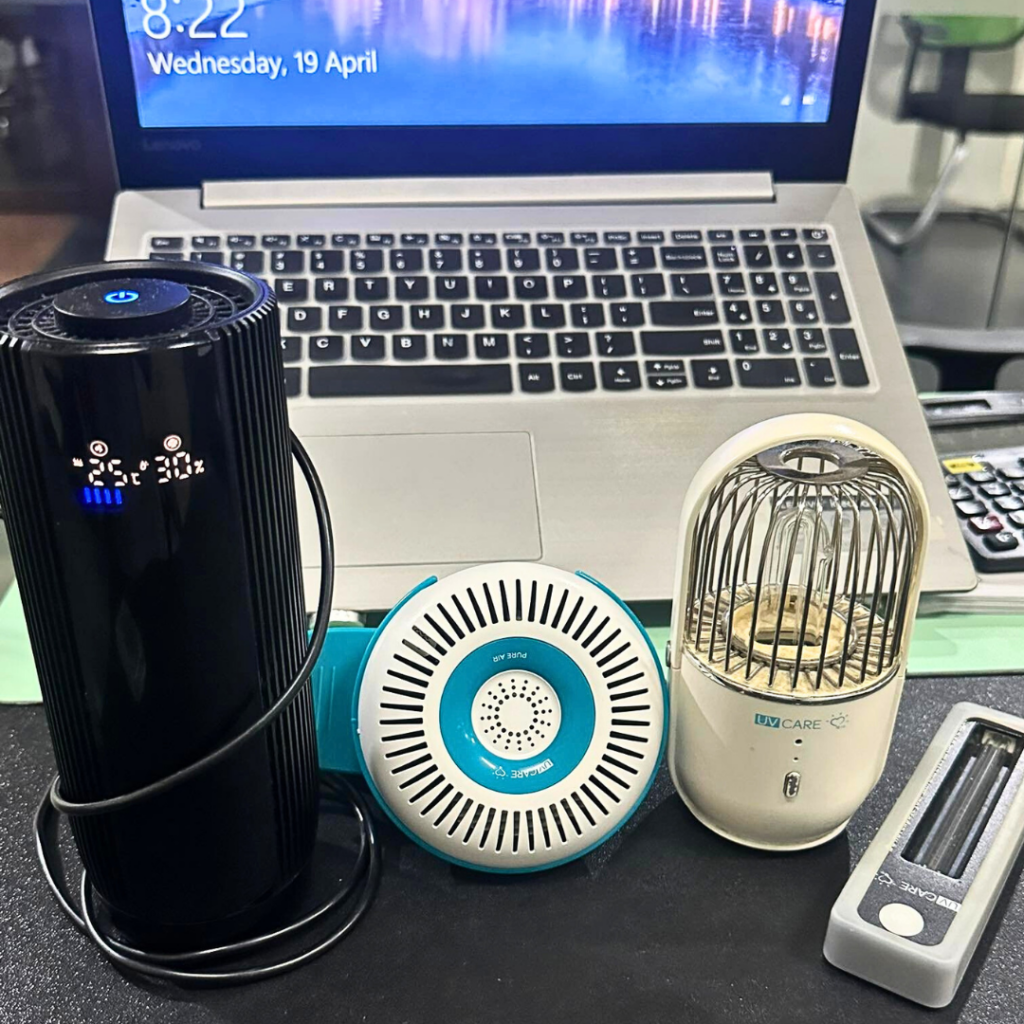
Walking pneumonia is a stealthy opponent in the world of respiratory illnesses, frequently flying under the radar due to its mild symptoms. Despite its misleading character, this unusual form of pneumonia requires our attention and comprehension.
Walking pneumonia, also known as atypical pneumonia, challenges well held beliefs about respiratory infections. This infection, unlike its more severe sibling, permits people to go about their regular lives, hiding its presence and making it all too easy to dismiss as a simple cold or flu. However, beneath the complexity lies the possibility of difficulties and the necessity for prompt intervention.
Understanding Walking Pneumonia

Image from: Cleveland Clinic
• Causes and Transmission: Walking pneumonia is primarily caused by the bacteria Mycoplasma pneumoniae, but it can also be caused by viruses or other bacteria. Because it spreads through respiratory droplets, crowded settings and close contact with infected people are major transmission sites.
• Symptoms: The symptoms of walking pneumonia are frequently confused with those of a regular cold or flu. These symptoms include a persistent cough, a low-grade fever, weariness, a sore throat, and minor chest pain. Some people may also get headaches and muscle aches.
• Diagnosis: Walking pneumonia is difficult to diagnose because the symptoms are not always clear. To confirm the diagnosis, a healthcare expert may perform a physical examination, request blood tests, and take chest X-rays.
The Role of UV Care Products in Walking Pneumonia Prevention:

• Airborne Pathogen Reduction: UV Care air purifiers effectively reduce airborne bacteria concentrations, including Mycoplasma pneumoniae, the causal agent of walking pneumonia. This is especially useful in collective environments such as businesses, schools, and healthcare institutions.
• Surface Disinfection: UV Care Surface sterilizers are essential for keeping a sanitary atmosphere. Using these devices on surfaces where germs can stay helps minimize infection transmission through touch, which is a frequent mechanism of transmission for walking pneumonia.
• Complementary to Hygiene Practices: While UV care products can help to prevent the spread of walking pneumonia, they should be viewed as a supplement to basic hygiene practices. Promoting handwashing, respiratory etiquette, and other preventive measures is still critical.
Conclusion
The combination of basic cleanliness habits and the use of UV care products emerges as a potent protection against walking pneumonia. Individuals can improve their chances of preventing the spread of this mild respiratory infection by adopting regular handwashing, respiratory etiquette, and UV-C technology for air and surface disinfection. We not only protect ourselves but also contribute to the overall health of our communities by prioritizing these actions. In the face of walking pneumonia, we may create a healthier atmosphere and a stronger protection against potential dangers by taking a proactive strategy that involves the power of cleanliness and UV care products.
